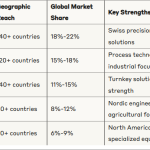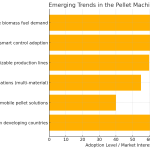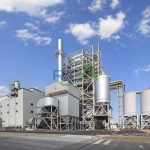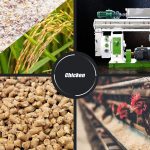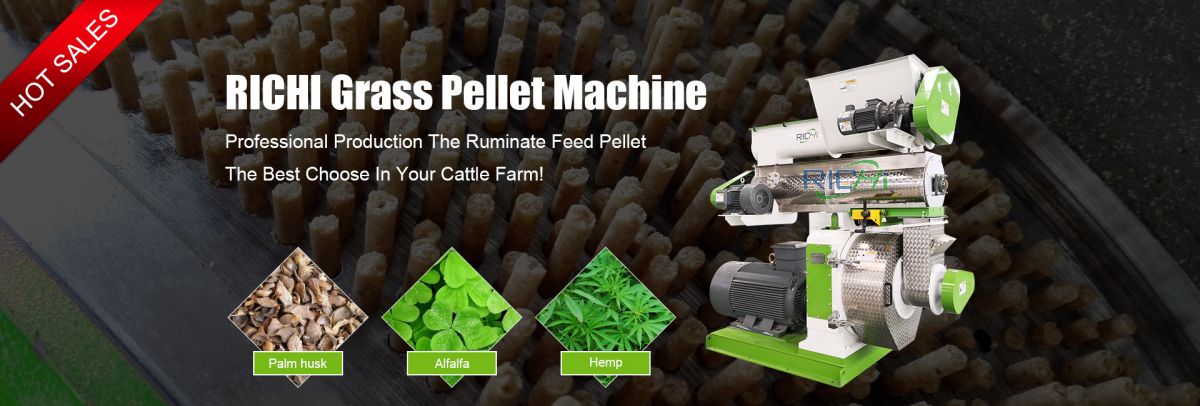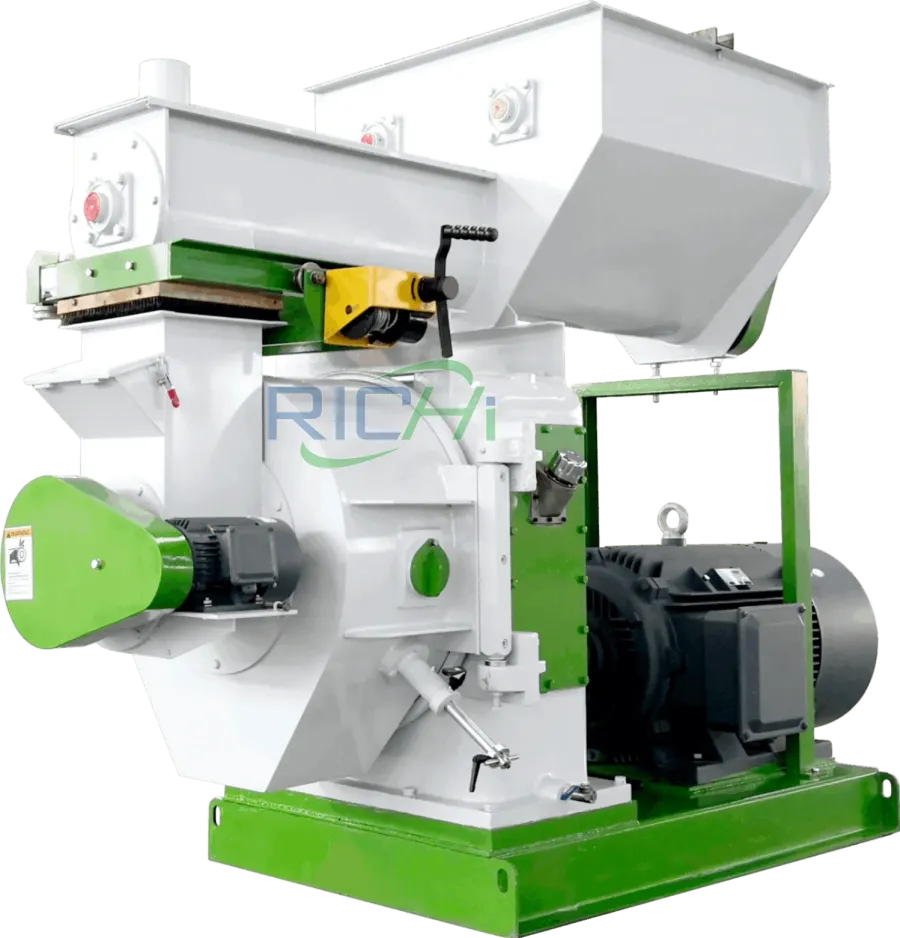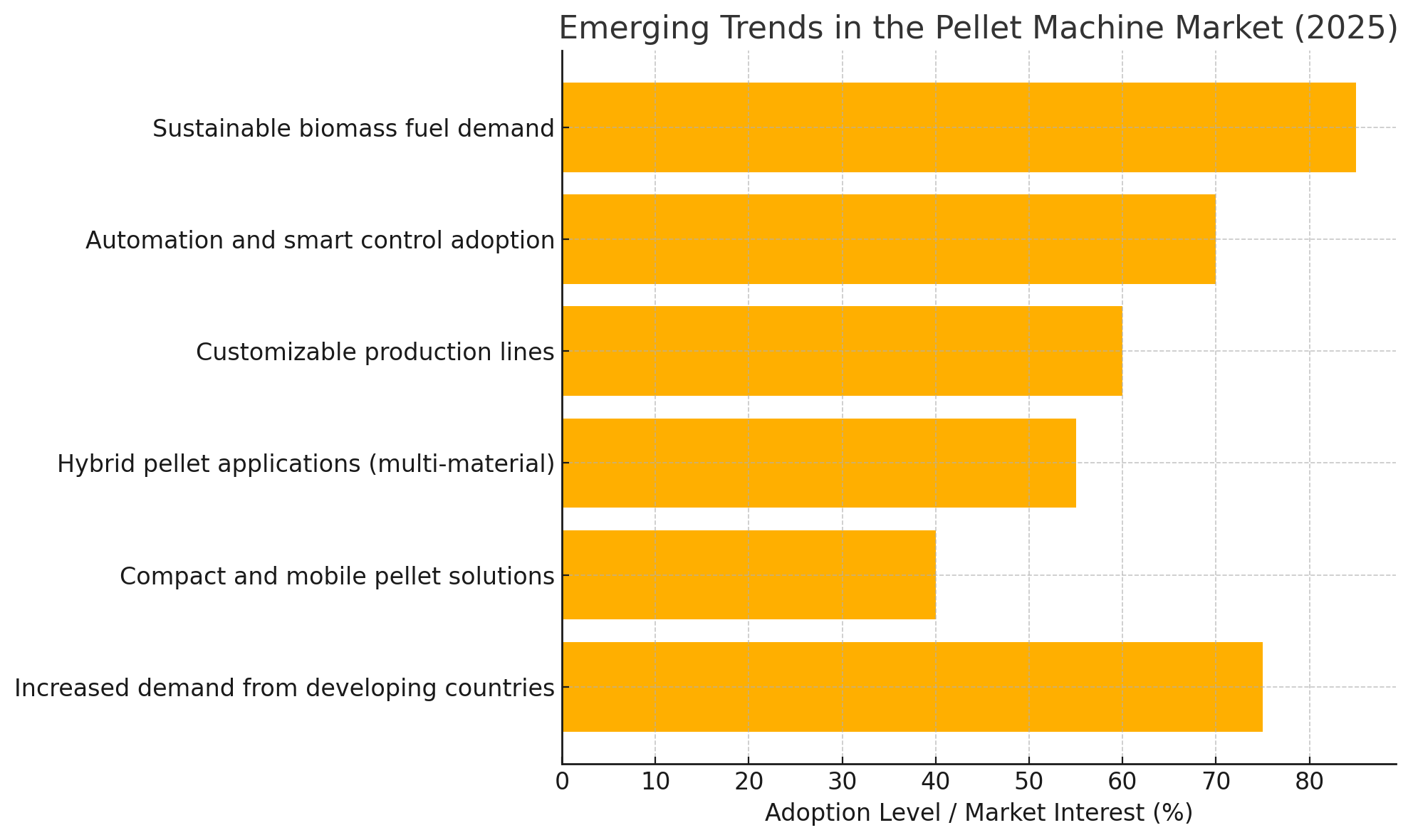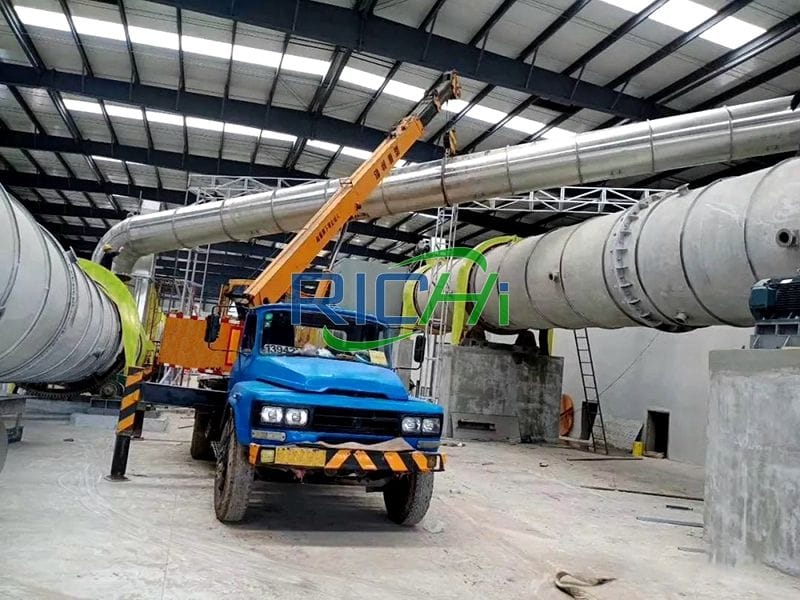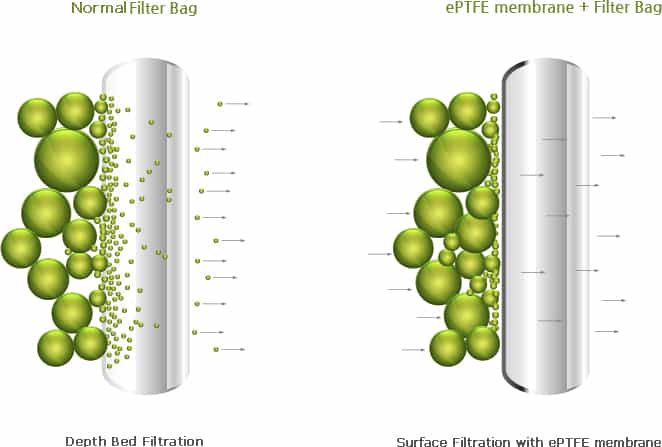Hay Pellet Machines are versatile pieces of equipment primarily designed to convert hay into compact, easily manageable pellets. However, a common question among farmers and feed manufacturers is whether these machines can also be used to produce other types of feed pellets.
This article explores the capabilities of Hay Pellet Machines in processing various feed pellets, considering their design, adaptability, and potential limitations.
Understanding Hay Pellet Machines
Before delving into their ability to process feed pellets, it’s important to understand the basic design and function of Hay Pellet Machines:
- Primary Purpose: These machines are specifically designed to compress and extrude hay into uniform pellets.
- Components: Typically include a hopper, die, rollers, and a cutting mechanism.
- Process: The hay is compressed through a die by rollers, forming it into pellets which are then cut to the desired length.
Adaptability for Feed Pellet Production
While Hay Pellet Machines are optimized for hay, many models demonstrate significant adaptability:
- Similar Materials: These machines can often process materials similar to hay, such as straw or grass, into pellets.
- Grain-Based Feeds: Some Hay Pellet Machines can handle grain-based feed ingredients, especially when mixed with fibrous materials.
- Adjustable Settings: Many modern machines offer adjustable die sizes and roller pressures, allowing for some customization of the pelletizing process.
Types of Feed Pellets Potentially Processable
Depending on the specific model and its features, a Hay Pellet Machine might be able to process:
- Alfalfa Pellets: Given their similarity to hay, alfalfa pellets are often easily produced by these machines.
- Mixed Forage Pellets: Combinations of different grasses and legumes can often be pelletized.
- Straw-Based Feed Pellets: Straw, being similar in structure to hay, can usually be processed.
- Simple Grain Mixes: Some machines can handle basic mixtures of grains and fibrous materials.
Limitations and Considerations
While Hay Pellet Machines show versatility, they do have limitations when it comes to processing various feed pellets:
- Moisture Content: Feed materials with moisture content significantly different from hay may not process well.
- Protein-Rich Ingredients: Materials high in protein or fat, like soybean meal, may not pelletize effectively in a machine designed for hay.
- Pellet Density: The density of pellets produced may not be ideal for all types of feed applications.
- Nutritional Uniformity: Ensuring consistent distribution of nutrients in mixed feeds can be challenging.
- Production Capacity: The output for non-hay feeds may be lower than the machine’s rated capacity for hay.
Adaptations for Feed Pellet ProductionTo enhance a Hay Pellet Machine’s ability to process feed pellets, several adaptations might be considered:
- Die Modifications: Using dies with different hole sizes and patterns can accommodate various feed materials.
- Conditioning Systems: Adding or modifying conditioning systems can help prepare different feed materials for pelletizing.
- Mixing Capabilities: Incorporating pre-mixing or in-line mixing systems can improve the machine’s ability to handle mixed feeds.
- Temperature Control: Enhanced temperature control features can help in processing a wider range of feed ingredients.
Benefits of Using Hay Pellet Machines for Feed Pellets
If successfully adapted, using Hay Pellet Machines for feed pellet production can offer several advantages:
- Versatility: The ability to produce both hay pellets and certain feed pellets with one machine increases operational flexibility.
- Cost-Effectiveness: For small to medium-scale operations, using a single machine for multiple purposes can be economical.
- Space Efficiency: Utilizing one machine for multiple types of pellets can save valuable space in production facilities.
- Simplified Training: Operators familiar with hay pelletizing can more easily transition to producing simple feed pellets.
Challenges in Adapting for Feed Pellet Production
Several challenges may arise when attempting to use Hay Pellet Machines for feed pellets:
- Quality Control: Ensuring consistent quality across different feed formulations can be difficult.
- Regulatory Compliance: Meeting feed safety and quality standards may require additional modifications or processes.
- Wear and Tear: Processing materials different from hay may lead to increased wear on machine components.
- Efficiency: The machine may not be as efficient for feed pellet production as purpose-built feed pelleting equipment.
Case Studies and Expert Opinions
While specific case studies of using Hay Pellet Machines for commercial feed pellet production are limited, some experts in the field suggest that with proper modifications, it is feasible for certain types of feed. For instance, a feed mill engineer stated, “With the right adjustments to grinding, mixing, and pelleting components, a hay pellet machine could potentially be used for high-fiber animal feeds or simple grain mixes. However, it would likely be most suitable for basic feed formulations rather than complex, multi-ingredient feeds.”A small-scale farmer reported success in producing rabbit feed using a modified hay pellet machine: “We adjusted the die size and added a small mixer. It works well for our high-fiber rabbit feed, though we had to experiment with the formulation to get the pellets to bind properly.”
Related post: Grass Pellet Machine
Conclusion
While Hay Pellet Machines are primarily designed for processing hay, they do show potential for producing certain types of feed pellets, particularly those high in fiber or similar in composition to hay. The success of using these machines for feed pellet production largely depends on the specific feed formulation, the adaptability of the machine, and the willingness to make necessary modifications.For operations considering using a Hay Pellet Machine for feed pellet production, it’s crucial to:
- Carefully assess the types of feed pellets needed and their compatibility with the machine.
- Consult with the equipment manufacturer about potential modifications.
- Conduct thorough testing to ensure the produced feed pellets meet quality and nutritional standards.
- Consider the economic feasibility of adapting the machine versus investing in dedicated feed pelleting equipment.
Ultimately, while Hay Pellet Machines can process certain types of feed pellets, they may be most suitable for operations looking to produce simple, high-fiber feed formulations or those seeking to supplement their existing feed production capabilities. For large-scale, complex feed production, a dedicated feed pellet production line might still be the most efficient and effective solution.As with any significant change in production processes, thorough research, testing, and possibly consultation with agricultural engineering experts are recommended before attempting to use a Hay Pellet Machine for diverse feed pellet production.

